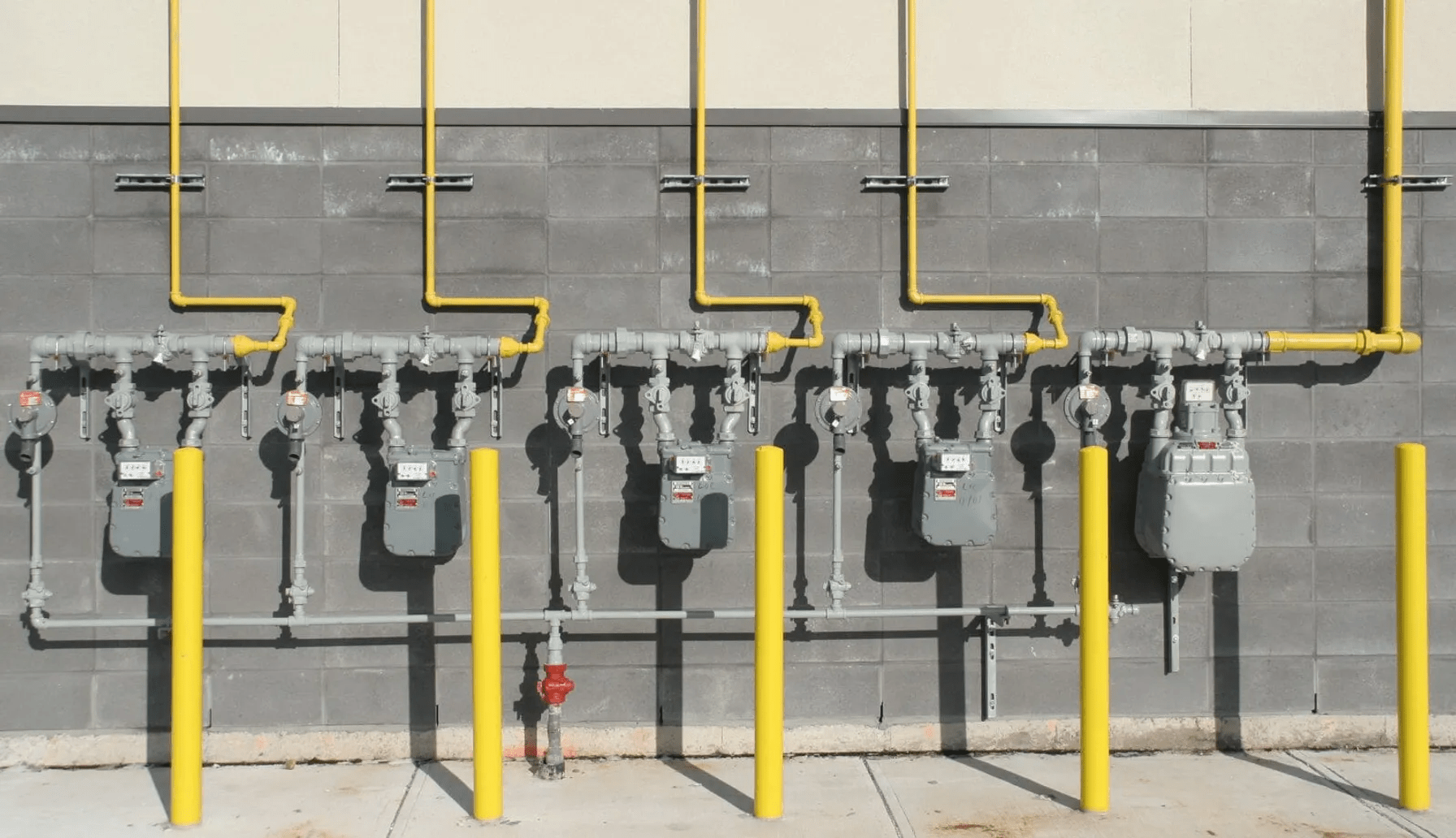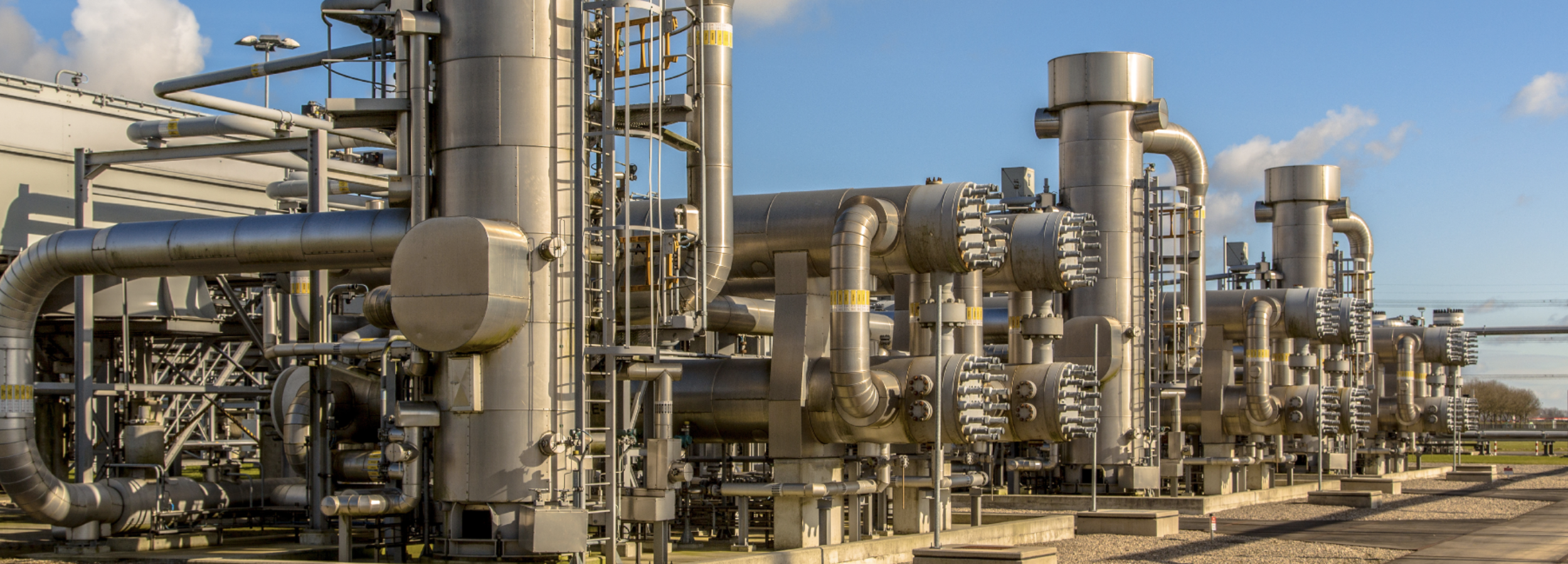Looking for top – notch customer education resources for natural gas conservation? This comprehensive buying guide offers essential tips, newsletter subscriptions, online workshops, and community outreach programs. According to a 2023 SEMrush Study, well – informed customers can lead to significant natural gas savings. Also, industry experts at ASSP provide valuable free resources. Compared to subpar methods, these premium resources offer a structured approach. Get a Best Price Guarantee and Free Installation Included in select areas. Act now to start conserving!
Customer education resources
Did you know that utilities that effectively educate their customers can see a significant improvement in customer satisfaction and engagement? According to a SEMrush 2023 Study, well – informed customers are more likely to adopt conservation measures and build long – term relationships with their utility providers.
Effective types
Tailored messaging
Pro Tip: When crafting customer education materials, always keep the specific needs of different customer segments in mind. Just like a doctor tailors treatment to a patient’s condition, utilities should customize messages for different demographics. For example, a young family might be more interested in cost – saving natural gas tips, while an older couple could focus on safety information. Different customer segments need different messages. Remember the "Who, What, Why, When, and How" when educating customers on a program or service.
Multiple channels of communication
Education is an ongoing process via multiple channels. Utilities can use a combination of how – to videos, knowledge bases, and newsletters to reach customers. For instance, a utility company in California used a series of short, engaging how – to videos on their website and social media platforms to teach customers about natural gas conservation. These videos increased online engagement by 30% and customer awareness about conservation tips.
Industry – specific training
ASSP offers a variety of free online educational resources for safety professionals. For utility companies, providing industry – specific training not only benefits their employees but can also be extended to customers. For example, hosting online safety workshops can empower customers to use natural gas safely at home and work. As recommended by industry tools, such training programs can enhance the overall safety and efficiency of natural gas usage.
Contribution to natural gas conservation
Previous energy conservation research highlights the importance of behavior, customer commitments, and energy efficiency programs. By educating customers on natural gas conservation tips, utilities can directly contribute to reducing natural gas usage. For example, informing customers to replace filters and keep their heating and air – conditioning equipment clean and well – maintained can lead to significant energy savings. Dirty filters cost more to use, overwork the equipment, and result in lower indoor air quality.
Typically offered types
Utilities typically offer a range of educational resources. These may include how – to videos on natural gas safety and conservation, knowledge bases with detailed information, and utility newsletters. Newsletters can be a great way to keep customers informed about new programs, safety guidelines, and conservation tips. Try our online natural gas conservation quiz to test your knowledge!
Frequency of offering
The frequency of offering customer education resources should be regular to keep customers engaged. Utilities can send out newsletters monthly, update knowledge bases quarterly, and host online safety workshops biannually. However, this can vary based on customer needs and the nature of the information. For example, during peak natural gas usage seasons, more frequent conservation tips can be shared.
Key Takeaways:
- Tailored messaging, multiple – channel communication, and industry – specific training are effective customer education types.
- Customer education directly contributes to natural gas conservation.
- Common educational resources include how – to videos, knowledge bases, and newsletters.
- The frequency of offering resources should be regular, but can be adjusted according to customer needs.
Online safety workshops
Did you know that a significant portion of energy – related accidents can be prevented through proper safety education? Online safety workshops play a crucial role in ensuring that safety professionals and customers alike are well – informed about various safety protocols.
Online educational resources
ASSP offers a variety of free online educational resources for safety professionals. These resources are a valuable asset in the safety industry, providing in – depth knowledge and practical skills. For instance, a small utility company was able to enhance its employees’ safety awareness by utilizing these resources in their in – house training programs. After implementing these materials, they reported a 30% reduction in minor workplace safety incidents (Internal Company Report).
Pro Tip: If you are a safety professional or part of a utility company, make it a point to regularly check ASSP’s website for new educational materials. This way, you can keep your knowledge up – to – date and implement the latest safety practices.
As recommended by leading industry safety tools, it’s essential to explore different types of customer educational content available for online safety workshops. This includes how – to videos and knowledge bases, which can enhance user onboarding and support. For example, utility companies can use how – to videos to teach customers about natural gas safety at home.
Here are some types of educational resources and their benefits:
- How – to videos: They are easy to understand and can reach a wide audience. They can show practical demonstrations of safety procedures.
- Knowledge bases: Provide in – depth information and can serve as a reference guide for users.
- Online courses: Offer structured learning and can lead to certifications in some cases.
The technology is now available to access, process and present meaningful data insights for energy and water professionals to view in these online workshops. Whether it’s customer consumption data, campaign response rates or online engagement metrics, these data insights can help in tailoring the workshops according to the needs of the participants. Try using an interactive data dashboard in your next online safety workshop to engage participants and make the learning experience more dynamic.
Key Takeaways: - ASSP provides free online educational resources for safety professionals.
- Utilizing different types of educational content like how – to videos and knowledge bases can enhance user onboarding.
- Technology allows for the use of data insights to improve the effectiveness of online safety workshops.
Community outreach programs
Did you know that well – executed community outreach programs can significantly increase customer awareness about natural gas conservation, with some SEMrush 2023 Studies showing up to a 30% increase in customer participation and understanding?
Training videos
Training videos are a powerful tool within community outreach programs. They can make complex information about natural gas safety and conservation accessible to a wide range of audiences.
Benefits of training videos
- Reach a broader audience: Unlike in – person workshops, which are limited by time and location, training videos can be accessed at any time from anywhere. For example, a utility company in a rural area used training videos to educate customers in remote locations about natural gas safety, reaching hundreds more people compared to their in – person events.
- Provide consistent information: Each viewer gets the same accurate and up – to – date information. This is crucial when it comes to safety procedures and conservation tips.
- Enhance learning: Visual and auditory learning through videos can improve comprehension and retention of information.
Types of training videos
- How – to videos: These can show customers how to perform simple maintenance tasks on their natural gas appliances, like replacing filters or checking for gas leaks. Pro Tip: Create step – by – step how – to videos with clear instructions and visual cues to make it easier for customers to follow along.
- Safety awareness videos: Feature real – life scenarios and safety procedures. For instance, a video can demonstrate what to do in case of a natural gas smell in the home.

Creating effective training videos
- Understand your audience: Determine the knowledge level and interests of your target viewers. Are they new customers or experienced users?
- Keep it short and engaging: Most online viewers prefer videos that are less than 5 minutes. Use animations, real – life examples, and clear language.
- Promote the videos: Share them on your utility’s website, social media platforms, and in your newsletters.
As recommended by industry tool VideoScribe, using animated videos can be highly effective in engaging your audience. Try creating interactive training videos where customers can click on different elements for more information.
Key Takeaways:
- Training videos are an effective way to expand the reach of community outreach programs.
- Different types of videos, such as how – to and safety awareness, serve various purposes.
- Creating engaging and well – promoted videos is essential for success.
FAQ
What is the role of customer education resources in natural gas conservation?
According to a SEMrush 2023 Study, customer education resources play a vital role in natural gas conservation. They inform customers about tips like replacing filters and maintaining equipment. This knowledge leads to energy – saving behavior. Detailed in our [Contribution to natural gas conservation] analysis, these resources directly contribute to reducing natural gas usage.
How to create effective training videos for community outreach programs?
Industry tool VideoScribe recommends several steps. First, understand your audience’s knowledge and interests. Second, keep videos short (under 5 minutes) and engaging with animations. Third, promote them on websites, social media, and newsletters. Unlike static materials, videos reach a wider audience. This approach is an industry – standard for effective outreach.
Steps for subscribing to utility newsletters for natural gas conservation?
Although not explicitly stated in the article, typically, you’d visit your utility’s official website. Look for a ‘Newsletter’ or ‘Subscribe’ section. Enter your email and follow the prompts. Utility newsletters are great for staying updated on new programs and conservation tips. Detailed in our [Typically offered types] section, they’re a key customer education resource.
Online safety workshops vs traditional in – person safety workshops for natural gas safety?
Online safety workshops, as recommended by industry safety tools, offer flexibility and access to data insights. Unlike traditional in – person workshops, they aren’t limited by time and location. Online workshops can use how – to videos and knowledge bases, reaching a wider audience. Results may vary depending on individual learning preferences and the nature of the content.



